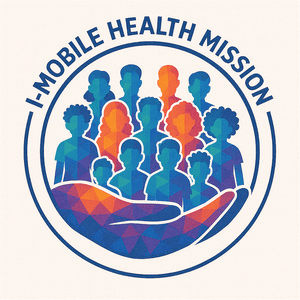ACEs, Resilience, and the Path to Healing
Introduction
When we talk about trauma, we often focus on the difficulties people carry. But understanding trauma also means recognizing the tools people already have to recover and thrive. Two important frameworks — the Adverse Childhood Experiences (ACE) Scale and the Resilience Scale — help us see both sides: the challenges we may face, and the strengths that help us rise above them
What is the ACE Scale?
The ACE Scale measures Adverse Childhood Experiences that occur before the age of 18, such as:
Abuse (emotional, physical, or sexual)
Neglect (emotional or physical)
Household challenges (domestic violence, substance use, mental illness, divorce, or incarceration of a family member)
The higher a person’s ACE score, the greater their risk of health challenges later in life, including heart disease, depression, and substance use. But an ACE score is not a life sentence. It tells us where support is needed — and where resilience can be built.
📝 Take the ACE Questionnaire here
🎥 Watch Dr. Nadine Burke Harris’s TED Talk: How Childhood Trauma Affects Health Across a Lifetime
What is the Resilience Scale?
The Resilience Scale reminds us that trauma is not the whole story. Resilience factors help protect us and reduce the impact of adversity. These include:
Having at least one supportive, caring adult
Feeling a sense of belonging in school, church, or community
Developing problem-solving and coping skills
Cultural traditions, storytelling, and faith practices
Opportunities to contribute, help, or feel valued
📝 Take the Resilience Questionnaire here
By recognizing these strengths, families and communities can build wellness even in the face of high ACE scores.
How ACEs and Resilience Work Together
A high ACE score can increase risks, but resilience tools reduce those risks.
Resilience can grow at any time in life — it’s never too late.
Schools, workplaces, and families can play a role in expanding resilience by creating environments that feel safe, supportive, and culturally affirming.
The Resilience Toolkit in Practice
Here are some examples of resilience tools families and individuals already use:
A parent who consistently shows up for their child, even in tough times.
A teacher who believes in a student and says, “I know you can do this.”
A community event — like a block party, parade, or backpack giveaway — where people feel they belong.
A grandmother passing down a story, song, or blessing that grounds the next generation.
Closing
The ACE Scale helps us see the weight of trauma. The Resilience Scale helps us see the strength to overcome it. Together, they show that healing is not only possible — it is already happening in the ways families, teachers, caregivers, and communities support one another. At I-Mobile Health Mission, we believe in lifting up resilience as much as we acknowledge trauma, creating a fuller picture of what it means to heal and grow.

